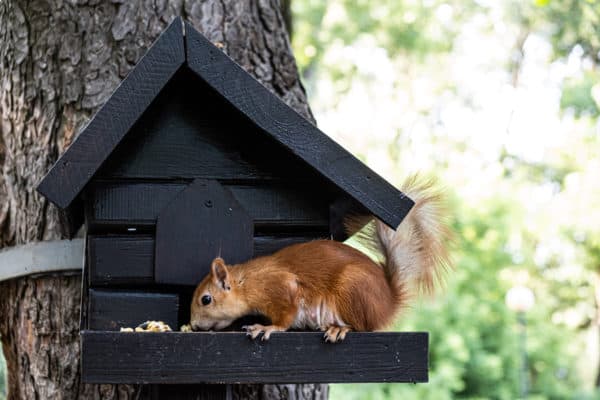Fall is a busy time for wildlife. As the days get shorter and temperatures drop, animals begin their frantic preparations for winter. Fall is a time to stock up on food and find warm places to shelter over the cold winter months. These preparations often lead wildlife into your homes in search of food, warmth, and shelter. There are several common critters that become more active in the autumn months. Here are some of the most common along with ways to prevent them from taking up residence in your home.
Rodents
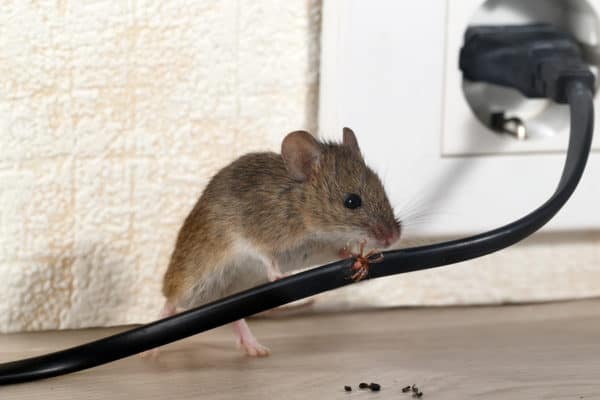
Rodents such as rats and mice will often seek shelter in your home because it provides them with a readily available food supply throughout the winter. You will begin to hear their activity in the walls and attic in the fall as they start storing food in their nests. You can prevent rodents by:
- Sealing up holes inside and outside the home
- Trapping rodents around the home to help reduce the rodent population
- Storing food in plastic or metal containers with tight lids
- Cleaning up spilled food immediately and washing dishes soon after use
- Storing pet food in sealed containers and not leaving them out overnight
- Keeping compost bins as far away from the house as possible
Raccoons

Raccoons are nocturnal creatures that hunt for food at night. They start to “fatten up” in the fall in preparation for the cold winter months with a scarce food supply. This makes them more active and more creative in their search for food – often leading them to your trash cans and home. Raccoons will often enter your home via the roof and are known to seek shelter in attics and crawlspaces. You can prevent raccoons by:
- Installing fences around your yard and garden areas
- Install bright exterior lights to deter them from your yard at night
- Keep trash in cans with secure, locking lids
- Seal any entry points on the exterior of your home
- Rinse out trash cans once a month to help eliminate odors
- Spray down trash bags with ammonia to help cover up the trash smell
Squirrels
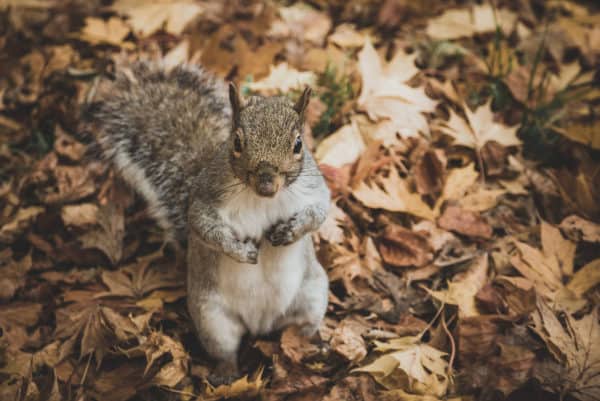
Like raccoons, squirrels also like to “fatten up” in the fall as they get ready for the cold months of winter. Squirrels will often seek shelter in attics where they will make their nests and store their food. Squirrels are especially hazardous in homes because of their tendency to chew through wood and wires, creating the potential for significant and costly damage to your house. You can prevent squirrels by:
- Keeping bags of seed sealed and stored high on shelves
- Rake up and dispose of any seeds or leaves that fall from trees
- Take down bird feeders in the fall as squirrels love to scavenge these for seed
- Don’t leave pet food and water out overnight
- Trim back any limbs or branches that extend within 10 feet of your home
- Install chimney caps or screens
Chipmunks
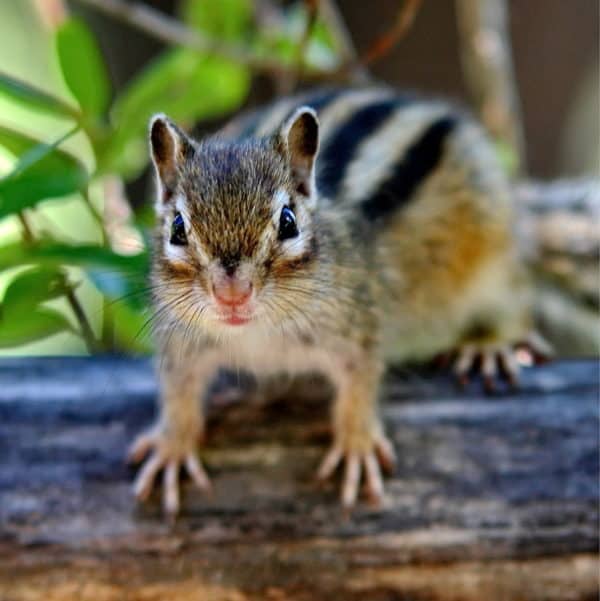
Chipmunks behave very similarly to squirrels with one exception – they will burrow in your yard instead of nesting in your home. Chipmunks build burrows in areas where they can easily access food during the winter. Chipmunks eat the same diet as squirrels including seeds, nuts, berries, grubs, and roots. Chipmunk burrows can cause serious damage to your yard. You can prevent chipmunks by:
- Consider installing fencing that is at least 8 inches deep around your yard, garden, or your entire property
- Make sure any exterior holes in your home are sealed
- Cover chimneys, vents, and pipes with mesh covers
- Clean up any leaves, nuts, or fruit that fall from trees as soon as possible
- Take bird feeders down in the fall and clean up any spilled birdseed daily
- Keep landscaping mowed and trimmed back
Bats
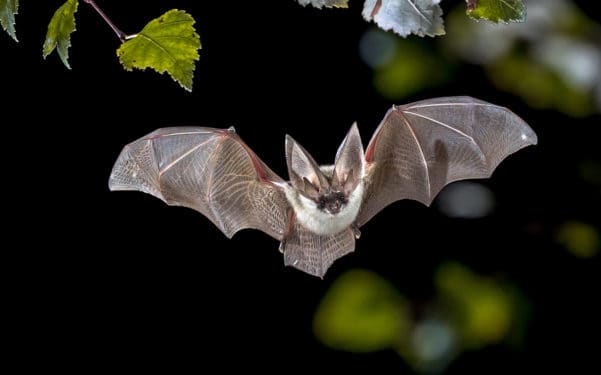
Bats will roost once temperatures dip below 45 degrees Fahrenheit. While some species will migrate south once the weather cools off, others will hibernate until spring. They will search for warm, dark spaces to roost that are hidden from predators but still easy for them to access. Unfortunately, they will often make their roosts in the attic or chimney of your home. You can prevent bats by:
- Ensuring the attic is well sealed
- Checking insulation to make sure it isn’t worn down
- Installing chimney screens
- Sealing any openings in shingles and weatherstripping
- Use window screens and draft guards on doors and windows that go into the attic
Wildlife removal can be difficult and is oftentimes best left to a professional. If you suspect you have a problem with wildlife, contact a professional wildlife control company who can inspect your home to identify your animal problem, determine where they are getting in, remove them, and prevent the animals from getting into your home in the future.
You May Also Be Interested In:
What’s the Difference Between Centipedes and Millipedes?
Winter Weather Forces Rodents and Other Pests Indoors
Granddaddy Long Legs Aren’t Spiders

